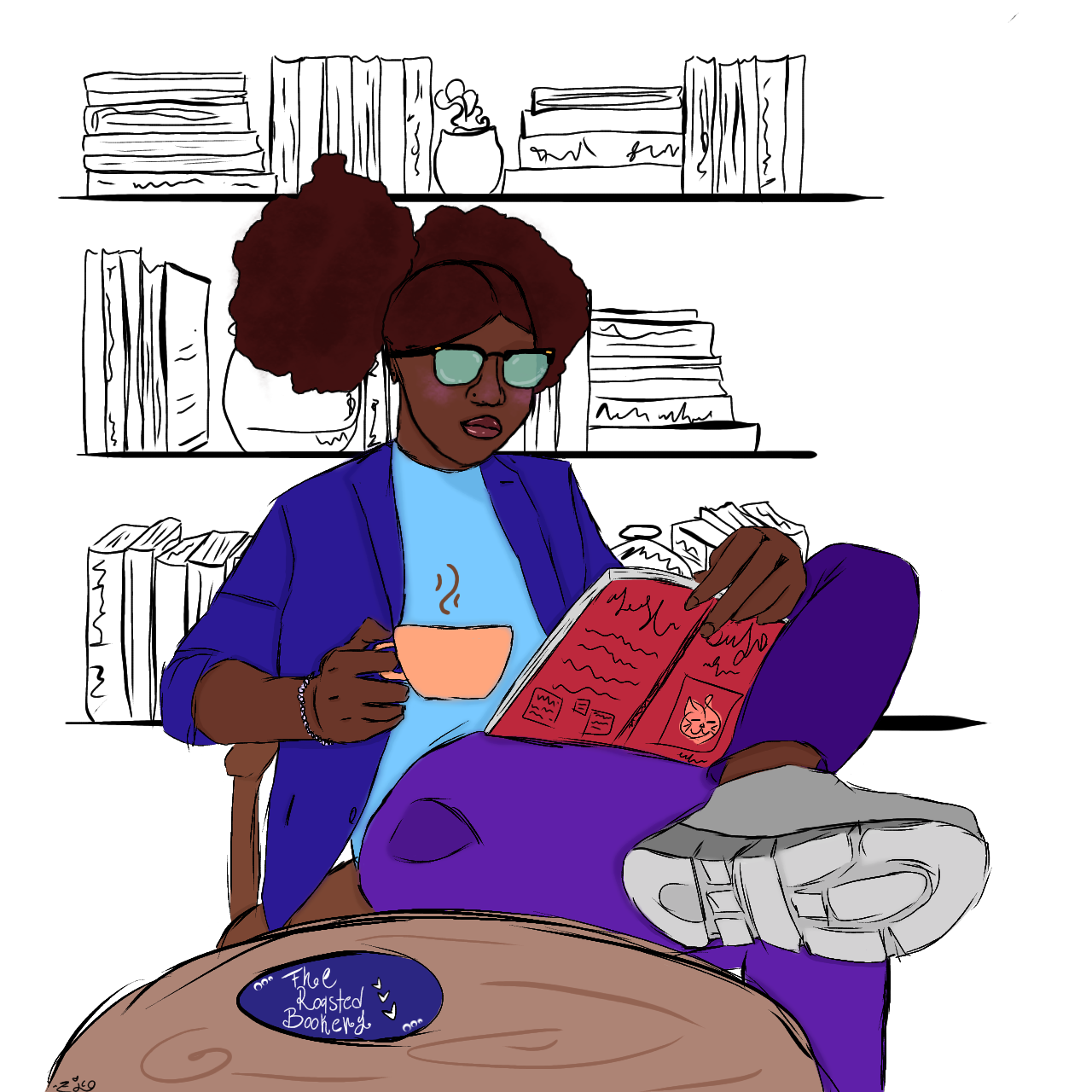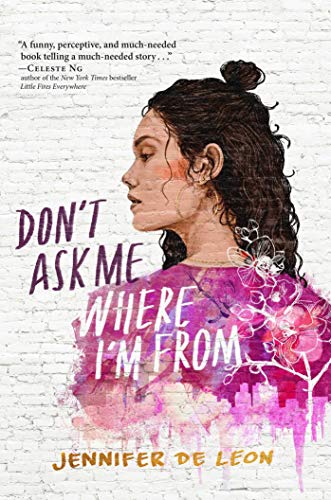Intro:
Here’s a quick (spoiler free) review of Don’t Ask Me Where I’m From by Jennifer de Leon. I was on the way back from Maryland on the train when I finished this book. I had dropped off the youngest at LGBTQ Leadership camp and was trying to keep my composure in such a public place (I did okay) so I was glad to have it as a nice distraction! My seat mate even asked me about it and we ended up having a great conversation about the book for the last twenty minutes of the trip…more on that later.
General Thoughts:
I want to say once again I wish I had read this before I started teaching. I found some of the teachers rather cringeworthy and those that were obviously trying still needed a little more guidance. Nonetheless, I thought this book was a good read that would be helpful for anyone to see the challenges of having to constantly code switch. The microaggressions they must either choose to ignore or to confront; decisions that might either help or harm them, without knowing which will happen.
Plot Sketch and the Intended Audience:
Don’t Ask Me Where I’m From is told from Liliana’s viewpoint. She transfers from her neighborhood school to a predominantly white school. This new school is an hour and a half bus ride away. Liliana attends through a program called METCO.
While this program is talked up as some sort of reward for excellence, the reader is confronted with the question:
- is the purpose of these programs to help the underserved or,
- in actuality, to make the school look better?
The book delves into the surface of these questions, but it allows the reader to look at similar local programs and ask these questions more in depth. Liliana is quiet to begin with in her new school, trying to fit in with the few kids that look like her, as well as the other students. She doesn’t want to make a scene in classes, nor speak up to share her writing.
This is definitely a YA book. At the beginning, the language and angsty-ness of it bothered me, but I moved on. Lol. (see I can be teenager-y too!) The message was greater than my annoyance. Having seen some of these same issues through my children’s lived experiences gave me context and increased my outrage. The white privilege in the book was spot on and just as gross as one would think. I also feel that the mental health of Liliana’s mom was shown accurately. I cannot imagine being in the position she was in, but I can say this. The idea of my husband being taken away. The idea of not knowing if and when he’d return would probably come close to killing me.
My Rating:
Out of 5 I give it 4.5
This book worked through so many different struggles, all of which are very real and could happen to many students at any given time. I thought it was quite realistic in the depiction of these struggles and allowed the reader to see them from a perspective that might not be their own. I appreciated the candidness, as well as the growth Liliana made throughout the book. Did I want more? Sure. But this is a YA book and it was very digestible without being too traumatic. It was well written for its intended audience.

